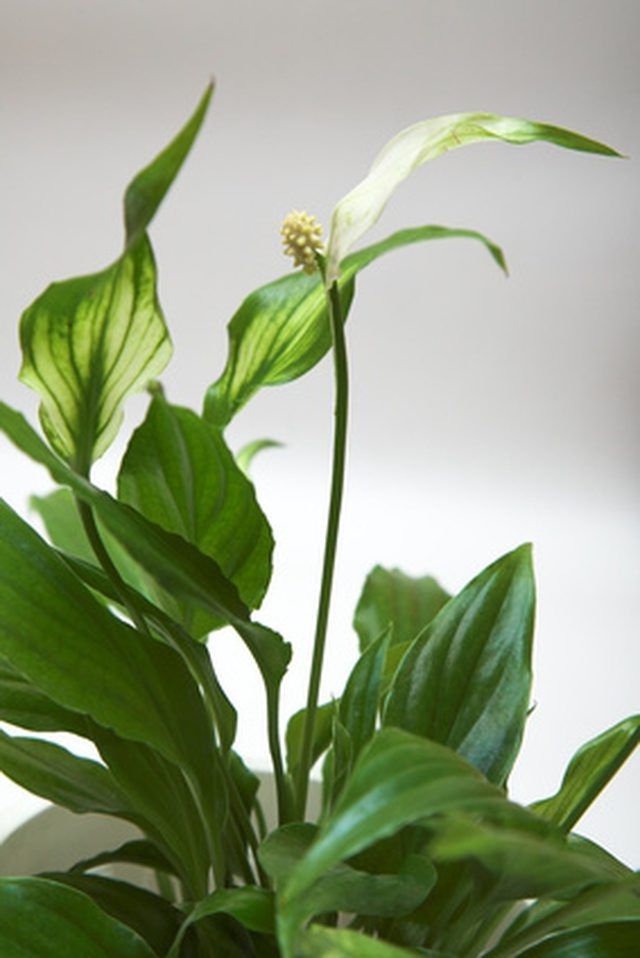Bulbs
Flower Basics
Flower Beds & Specialty Gardens
Flower Garden
Garden Furniture
Garden Gnomes
Garden Seeds
Garden Sheds
Garden Statues
Garden Tools & Supplies
Gardening Basics
Green & Organic
Groundcovers & Vines
Growing Annuals
Growing Basil
Growing Beans
Growing Berries
Growing Blueberries
Growing Cactus
Growing Corn
Growing Cotton
Growing Edibles
Growing Flowers
Growing Garlic
Growing Grapes
Growing Grass
Growing Herbs
Growing Jasmine
Growing Mint
Growing Mushrooms
Orchids
Growing Peanuts
Growing Perennials
Growing Plants
Growing Rosemary
Growing Roses
Growing Strawberries
Growing Sunflowers
Growing Thyme
Growing Tomatoes
Growing Tulips
Growing Vegetables
Herb Basics
Herb Garden
Indoor Growing
Landscaping Basics
Landscaping Patios
Landscaping Plants
Landscaping Shrubs
Landscaping Trees
Landscaping Walks & Pathways
Lawn Basics
Lawn Maintenance
Lawn Mowers
Lawn Ornaments
Lawn Planting
Lawn Tools
Outdoor Growing
Overall Landscape Planning
Pests, Weeds & Problems
Plant Basics
Rock Garden
Rose Garden
Shrubs
Soil
Specialty Gardens
Trees
Vegetable Garden
Yard Maintenance
What Do Yellow Spots on My Houseplants Mean?
What Do Yellow Spots on My Houseplants Mean?. Houseplants are beautiful additions to any residence; they provide needed oxygen in addition to being aesthetically pleasing. However, houseplants sometimes develop nasty-looking, troubling yellow spots on their leaves. This is a sure indication that your houseplant is having a rough time, so you never...

Houseplants are beautiful additions to any residence; they provide needed oxygen in addition to being aesthetically pleasing. However, houseplants sometimes develop nasty-looking, troubling yellow spots on their leaves. This is a sure indication that your houseplant is having a rough time, so you never want to ignore this issue. You'll need to figure out which of a few common problems is causing the yellow spots and then treat your plant right away.
Water and Nutrients
The Garden Helper explains that underwatering, overwatering, and nutrient imbalances (specifically nitrogen, magnesium and iron) cause plants to develop yellow spots. Water and nutrient imbalances sometimes go hand in hand for houseplants because the amount of water present in the soil impacts how the plant is able to absorb nutrients. This is especially true because the soil for houseplants doesn't get as naturally rejuvenated with more nutrients the way soil outdoors does; this is why experts recommend using mild fertilizers on houseplants from time to time.
Repotting your plant will get it into soil that is of the proper moisture content and will ensure that the soil around your plant still has enough nutrients. It also gives you a chance to make sure the roots of the plant aren't pot-bound. This problem also can cause yellow spots because it impacts how the roots can take up water and nutrients.
Light
All green plants have cells called chloroplasts that produce chlorophyll, the chemical that makes plants appear green. According to Argonne National Laboratory, when a plant doesn't get enough light, it doesn't produce as much chlorophyll and therefore may turn yellowish or white. Additionally, too much sunlight concentrated on one area may kill plant cells and therefore result in the same problem. According to The Garden Helper and Purdue University, water spots can act like little magnifying glasses on plants, increasing light intensity, and thus pepper the plant with yellow spots after a watering.
Disease and Infestation
The Garden Helper, Purdue University and Planet Natural all assert that certain pests, bacterias and fungi cause yellow spots on plants. All of these issues basically mean that some organism is munching away at a spot on your plant and using it as a food source.
Care Instructions
When you purchase a houseplant, it usually will come with basic care instructions. These will tell you the susceptibilities of the plant, how to water it, the proper nutrient and soil pH levels and how much sun it needs. Paying attention to these care instructions should eliminate most of the problems that cause yellow spots.
Cautions
If you have a pest, bacteria or fungi problem in your plants, it's very important to handle the plants properly to avoid the issue from spreading. This means wearing gloves and reading the instructions on any treatment product. If products don't seem to be working, cut your losses and remove the infected/infested plant(s). It's better to lose one or a few than to lose all of the plants in your home.